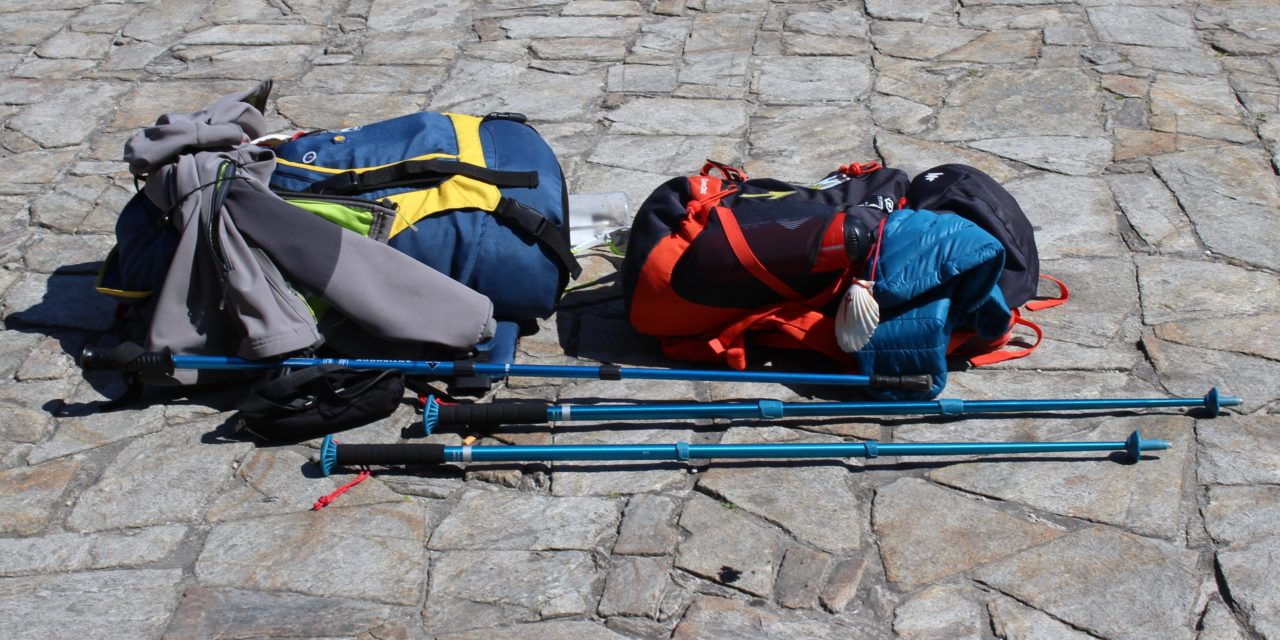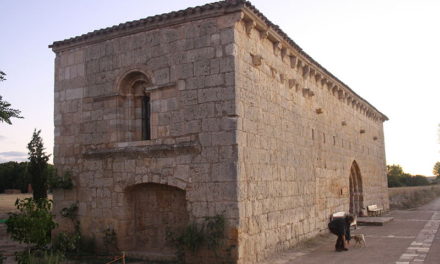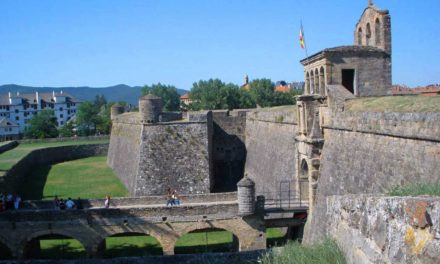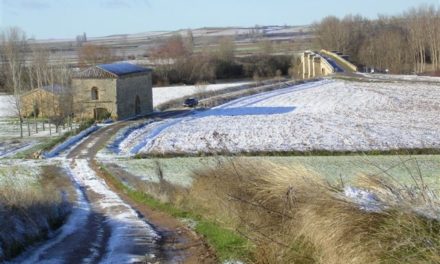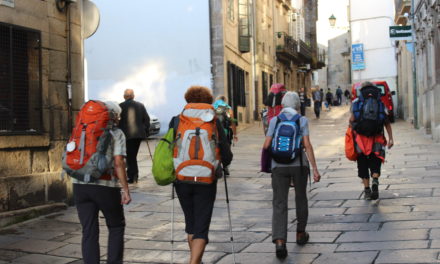The old staves have not died, quite the opposite: the Camino is more crowded than ever with a variety of hiking and telescopic poles. However, today there is still a controversy around its use, on the one hand, some say that its use does not change anything on the Camino, on the other there are defenders of the traditional staff and others of the modern hiking or telescopic poles. Let’s look at the subject a little closer.
The first reason for its use is given by history: for centuries the staff – or wooden stick – accompanied the pilgrim as a defensive weapon against aggressive animals, all kinds of thugs and thieves and, certainly, with the practical function of helping the pilgrim on his walk. The staff as a support for the pilgrim was seen as his third support, a third foot or leg of the pilgrim that, in more symbolic times, allowed people to confer on it a religious significance- that of the Trinity.
Today we are particularly interested in the function of the staff and the poles to help the pilgrim to walk: Are they useful? If we defer to the most experienced pilgrims, the answer is yes. Definitely the staff or walking stick continues to have an important function in helping the pilgrims on their Way, although it is true many pilgrims say they do not use them and travel their Way equally well.
On the one hand, its role of support is undeniable. According to specialists from the world of mountains and hiking, poles can spare hikers between 20% and 30% of the effort their legs would be making, thus helping to better distribute their effort over the whole body, by spreading part of it to the arms and the back and thus taking some of the weight off the feet, ankles and knees.
The use of the staff or stick would be useful at any stage. Due to this spreading effect that we have talked about, it is highly recommended when the pilgrim has to travel long distances, is tired or has suffered a minor injury. The poles will offer extra support that will reduce effort and fatigue.
On the other hand, the support of a staff or pole is particularly recommended on descents, in stages with long or steep descents or slopes, especially when the terrain is uneven and not paved (stones, gravel, dirt, etc.). In these conditions, the poles help to avoid injuries, by helping the pilgrim not to force or brake too much, walk more comfortably and avoid undesirable consequences, especially in the knees. And, certainly, they are of help in the ascents, although more than avoiding injuries, they serve as support in undertaking the effort which is demanded.
Likewise, although animals and thugs have ceased to be the frequent threat that they were in olden times, it is still possible to find a stray dog or a small snake that – although in general they do not present a risk – may require the use of a cane to remove them from the Path .
As for the disadvantages of using it , we can only mention one: the very fact of having to them, especially if it is a traditional wooden staff, which cannot be folded like hiking poles. In any case, the walking sticks that pilgrims usually carry today are very light, they can be folded and hung on the outside of the backpack.

